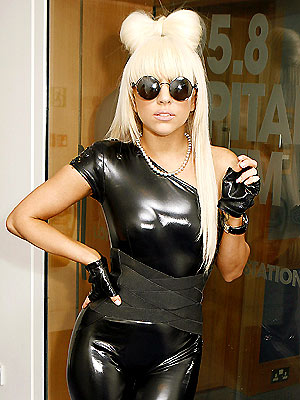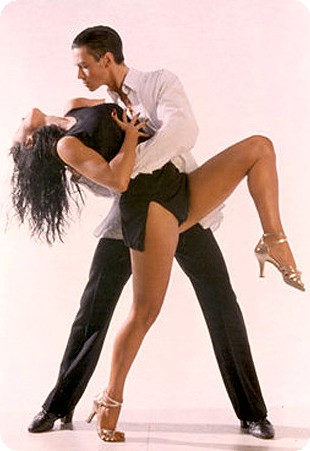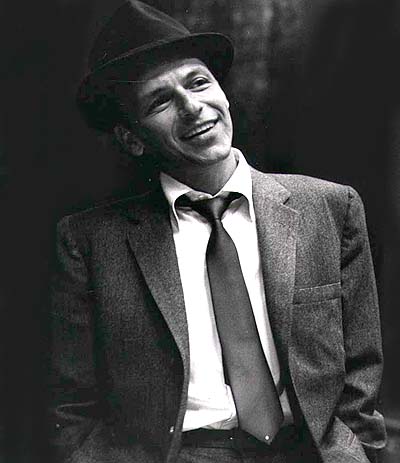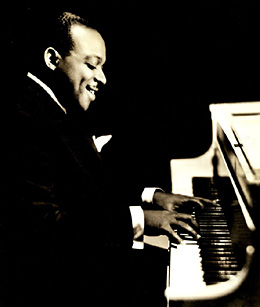The Medieval Period, also known as the Middle Ages or Dark Ages, is often thought of as a time of
cultural and economic deterioration. However, this view is taken from a European view of world history, rather than a worldly view of world history. During the "Dark Ages" countries in Africa, the Middle East, and the Far East thrived.

The Golden Age of India, for example, began right around the same time the Middle Ages started in Europe. The Golden Age began when the Gupta Dynasty came to power, and Indian culture began to thrive. Trade,
art, literature, religion, music, and science were all flourishing during the
Gupta Period.
Trade was booming almost everywhere near the equator during the Medieval Period, including India. Exports included items such as pearls, precious stones, perfumes, indigo, spices, drugs, clothing, coconuts, and ivory; imports included precious metals, dates, camphor, silk, and horses.
 Most art and literature was based on the Hinduism or the Buddhist philosophy. Art was mainly composed of sculpture and architecture, and Sanskrit literature of the Medievil Period was comprised of The Vedas, Sutra literature, The Epics, and Classical Sanskrit literature.
Most art and literature was based on the Hinduism or the Buddhist philosophy. Art was mainly composed of sculpture and architecture, and Sanskrit literature of the Medievil Period was comprised of The Vedas, Sutra literature, The Epics, and Classical Sanskrit literature.
*While searching for information about Medieval India, I found a few very interesting websites; among them was iloveindia.com, and was especially interested in the articles on yoga, which I try to do everyday, so the link is to the yoga area. However, if you are interested, you can explore the rest of the website. :)
And, yes, I do realize that there is nothing about Indian music during the Medieval Period on this post, but here is a link to some very amazing traditional Indian music.

 Rihanna started as a pretty pop singer, but as she has become more famous she has shed her girly, mainstream skin for a style all her own--edgy, sexy, and eclectic. Her music can be described as dance pop and electro with influences from reggae and soul. Her new style in music, clothing, and attitiude seem to have been a display of confidance in herself. She sings about love and sex for the most part, and she is the new icon of feminine power.
Rihanna started as a pretty pop singer, but as she has become more famous she has shed her girly, mainstream skin for a style all her own--edgy, sexy, and eclectic. Her music can be described as dance pop and electro with influences from reggae and soul. Her new style in music, clothing, and attitiude seem to have been a display of confidance in herself. She sings about love and sex for the most part, and she is the new icon of feminine power. Nicki Minaj, a self-proclaimed Barbie, is recreating the world of rap music. Her style is mostly fast paced with changing voices, along with one word at the end of a line or verse to describe what she just rapped; she is vulgar and cocky in her lyrics, while fiercely trying to prove herself to be one of the best. Her music reaches out to fierce women, while drawing in men. Dressing like a Barbie that was played with by Gwen Stefani, Nicki Minaj brings a new look to mainstream rap music, leaving behind the former tight hoodie and short-shorts for an individual style.
Nicki Minaj, a self-proclaimed Barbie, is recreating the world of rap music. Her style is mostly fast paced with changing voices, along with one word at the end of a line or verse to describe what she just rapped; she is vulgar and cocky in her lyrics, while fiercely trying to prove herself to be one of the best. Her music reaches out to fierce women, while drawing in men. Dressing like a Barbie that was played with by Gwen Stefani, Nicki Minaj brings a new look to mainstream rap music, leaving behind the former tight hoodie and short-shorts for an individual style. 









 In reality, however, Mozart and Salieri were aquaintances in good standing with one another, possibly even friends. Salieri was even a music teacher for one of Mozart's sons. Also, Mozart was
In reality, however, Mozart and Salieri were aquaintances in good standing with one another, possibly even friends. Salieri was even a music teacher for one of Mozart's sons. Also, Mozart was 




 The Golden Age of India, for example, began right around the same time the Middle Ages started in Europe. The Golden Age began when the Gupta Dynasty came to power, and Indian culture began to thrive. Trade,
The Golden Age of India, for example, began right around the same time the Middle Ages started in Europe. The Golden Age began when the Gupta Dynasty came to power, and Indian culture began to thrive. Trade,  Trade was booming almost everywhere near the equator during the Medieval Period, including India. Exports included items such as pearls, precious stones, perfumes, indigo, spices, drugs, clothing, coconuts, and ivory; imports included precious metals, dates, camphor, silk, and horses.
Trade was booming almost everywhere near the equator during the Medieval Period, including India. Exports included items such as pearls, precious stones, perfumes, indigo, spices, drugs, clothing, coconuts, and ivory; imports included precious metals, dates, camphor, silk, and horses. Most art and literature was based on the
Most art and literature was based on the 


